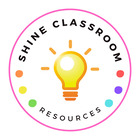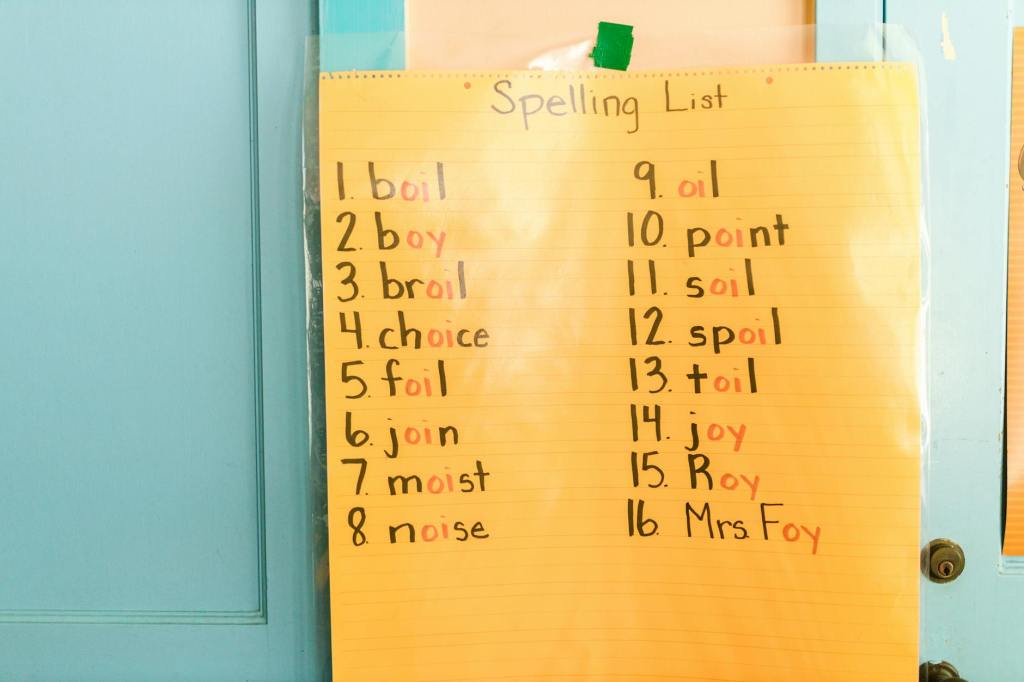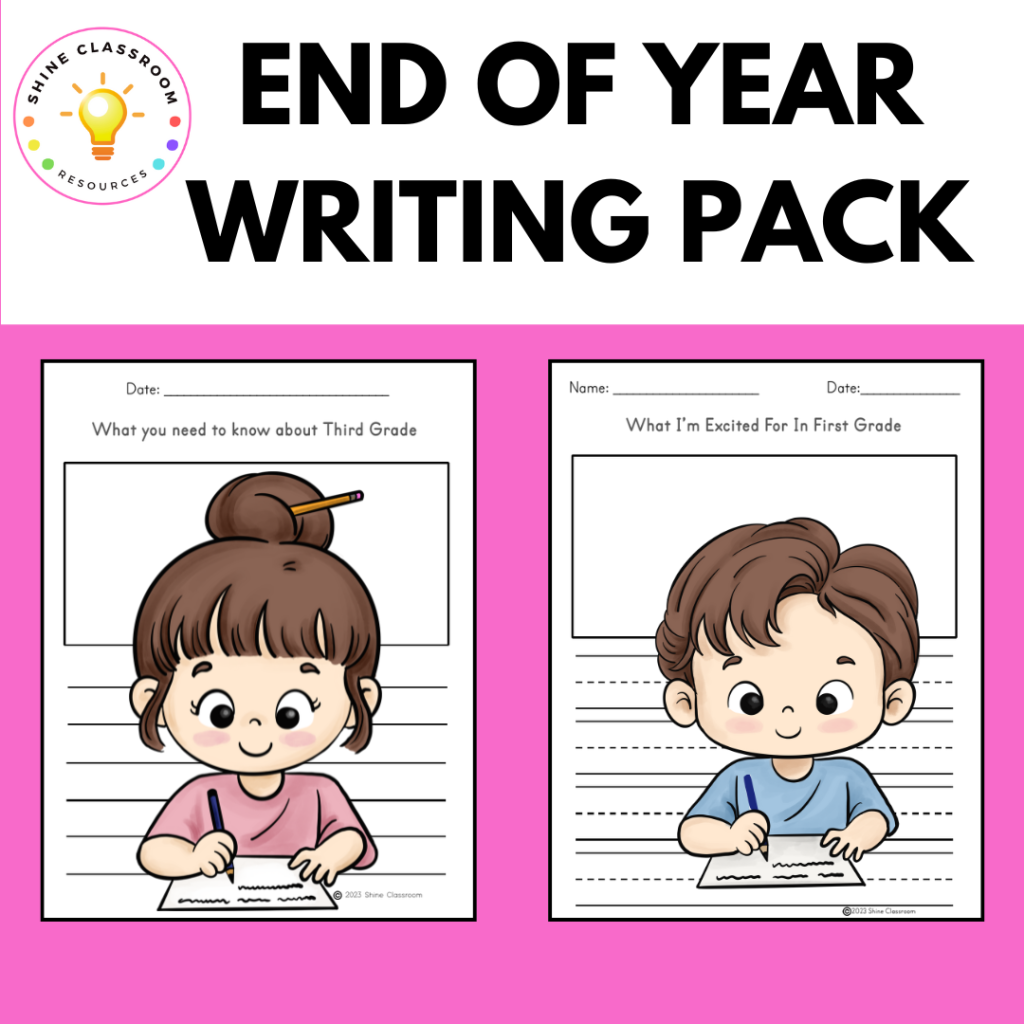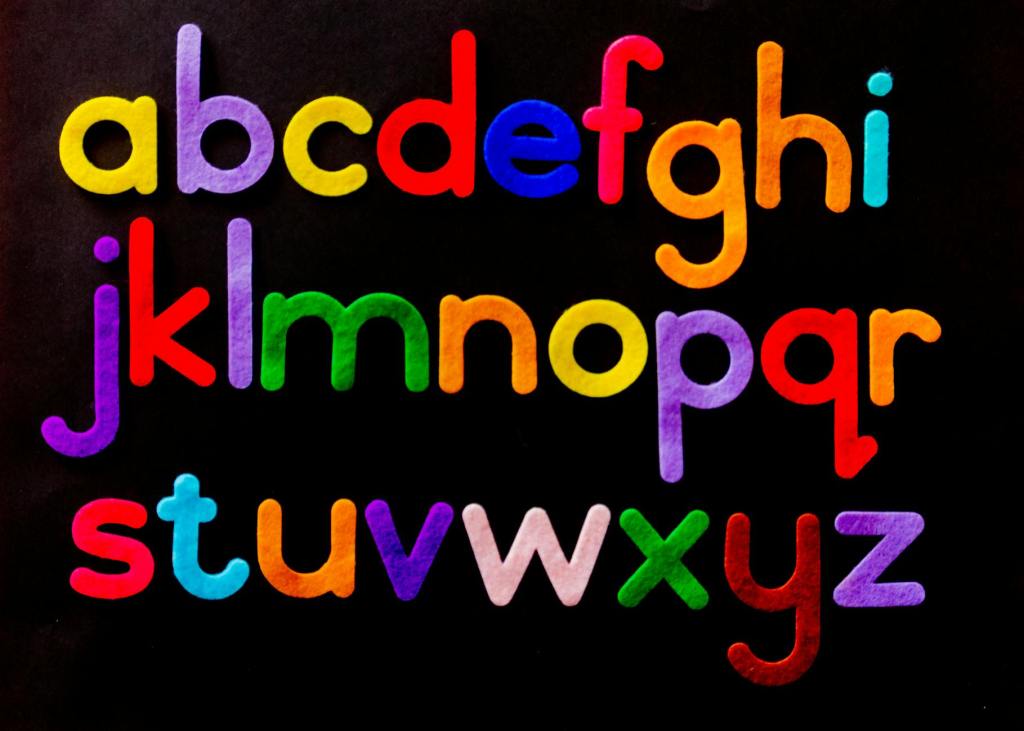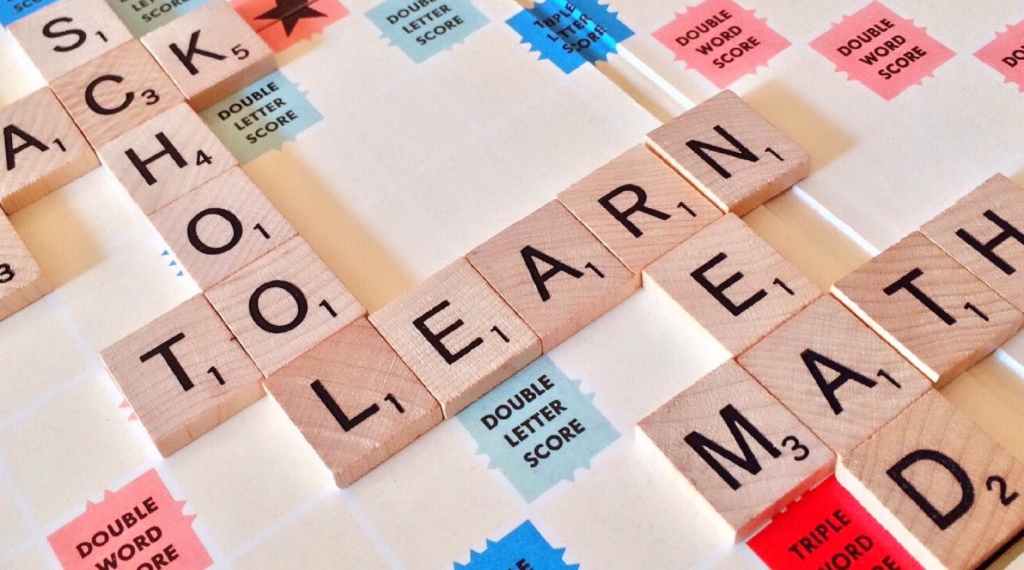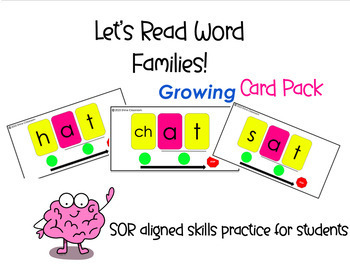If you’re teaching phonics, you’ve probably done some form of segmenting words into individual sounds with your students. This is an important skill for encoding words they hear by writing or building them with letter tiles. (Encoding = the process of taking a spoken sound and writing it as a symbol.)
Can I only segment words into units of sound?
Phonemes are not the only thing you can segment in these activities. (Phonemes = smallest units of sound in a word.) Words can be segmented into onset and rime, syllables, and phonemes. This post is going to specifically focus on the latter option.

When should students segment words into phonemes?
Phonological awareness instruction should take place every day for at least 10-15 minutes per day. It’s especially important in kindergarten and first grade when students are learning to spell. This is a great time to practice segmenting words into individual phonemes without the use of print.
Students are given a word and use hand motions or move objects to break the word down into each sound from beginning to end. Tapping out sounds can be done by tapping on their knee or the table for each sound. A common way that is used is by touching thumb to finger moving from index finger to pinky. Using finger tapping motions, students can say the word and then tap out each individual sound as they say the sound. This provides a tactile approach for kinesthetic learners.
Another way mentioned above is using blocks or objects. It’s good to start with hand motions so they get the concept down and then transition into using objects to make it more game like and fun. This is a good strategy to help students when you’re workingin small group or 1:1.
Students are given a spoken word and move one block at a time from left to write as they say each sound out loud. They should always start on the left and go to the right as this is how we write and read words on paper. Understanding concepts of print and how we read from left to right is also a foundational piece of literacy. Even though there is no print present in this activity, you’re allowing them to begin understanding this concept that will come in handy later.
After a phonological awareness warm up is done, students have warmed up their skills and are ready to bring in print. Sound mapping is a great way to encourage students to use these skills they practiced in order to think about the spelling patterns that make up words and how they are represented on paper.
Start by using a sound mapping sheet like this bundle from my shop on TPT or you can use regular lined paper. If you use a regular paper or whiteboard, have students first tap out the word on their fingers and count how many phonemes are in the word. Then they will draw a blank for each phoneme. (Example, if the word is “run” they will draw three blanks to represent the three individual sounds.)

If you using a word mapping page, there will be a number of boxes already there for each word. You can use mapping pages with only the number of boxes you need, but you can also use pages with many boxes. It’s important to let students know they may not use every box for every word. They will have to tap out the word and write one sound at a time. Each box can only hold one sound, so there might be some left over.
It’s also important for students to understand that some sounds are represented by two letters, like digraphs. The digraph sh will go into one box because it is one sound. They should not separate the ‘s’ and ‘h’ into separate boxes because it then becomes /s/ /h/ not /sh/.
So, what is the best way to start segmenting words into its individual phonemes?
Where do you begin? Start with segmenting words by having students identify the beginning sound. Don’t worry about the rest of the word yet. That comes later. Give the student a word by saying it out loud. Ask what the first sound in that word is. If they have trouble, ask them what the first shape their mouth makes and guide them to connect that to the letter sound it’s associated with.
The next step is having them segment onset (beginning sound) from the rime (the rest of the word). For example, they would segment the word hit into /h/-/it/. The onset it ‘h’ and the rime is ‘it’.
Begin by segmenting words with 2 phonemes. As students master this level begin segmenting words with 3 phonemes and the process continues. It’s better to give them time to work just outside their zone of proximity than to go too difficult and make the task seem impossible.
Once they master onset, rime you can move on to segmenting each sound as beginning, middle, and end. So the word hit would be segmented into /h/-/i/-/t/.
Start by saying the word out loud. Then ask students what sounds they hear in that word. Have them tap out the word (or use another strategy) and say each sound. Ask students what the first sound in that word is. Ask what letter (or letters) make that sound. Then instruct them to write that sound in the first box.
Another great thing about sound mapping sheets like the one above is that it helps students see the word broken into individual sounds. They can see how certain sounds are made by 2 or more letters. It also helps them identify the beginning, middle, and final sounds by seeing them in boxes from left to right. It gives a great visual aspect to word mapping.
I hope this post helps you guide your students to strong segmenting skills! Don’t forget to grab the bundle in my TPT shop and take a look at my decoding cards. When your student is ready to advance, they can tap on the dots under each letter to identify each sound and then blend it into a word. This helps build strong decoding skills for reading.
See you next time!
